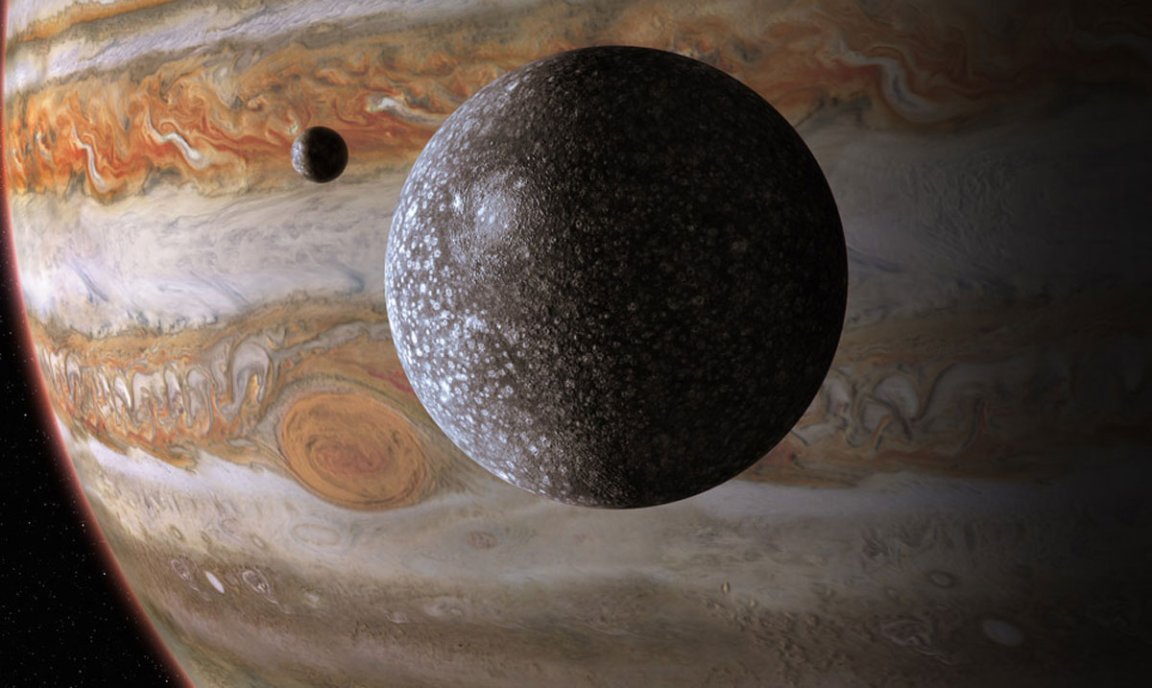
The Culprit
University of Toronto astrophysicists have found that Jupiter may have ejected another planet from the solar system about four billion years ago. Since 2011, scientists have proposed the existence of a fifth giant gas planet that was present at the time of the solar system’s formation, but was pushed out during a close encounter with one of its neighbors. Ryan Cloutier, of the University’s Department of Astronomy & Astrophysics says, “Ultimately, we found that Jupiter is capable of ejecting the fifth giant planet while retaining a moon with the orbit of Callisto.”
The Evidence
Planet ejections happen with during close planetary encounters leading to one accelerating so fast that it would break free from the Sun’s gravitational pull. Previous studies into such phenomenon had not considered the effects it would have on a planet’s moons and other minor orbiting bodies. This led to Cloutier’s team looking into moons and orbits of both Jupiter and Saturn, and whether or not those would still have been at the current orbits had their host planet ejected another out of the solar system. The scientists found that Saturn’s Iapetus would have been “excessively unsettled, resulting in an orbit that is difficult to reconcile with its current trajectory” while Jupiter’s Callisto would be able to retain its orbit in such an event.